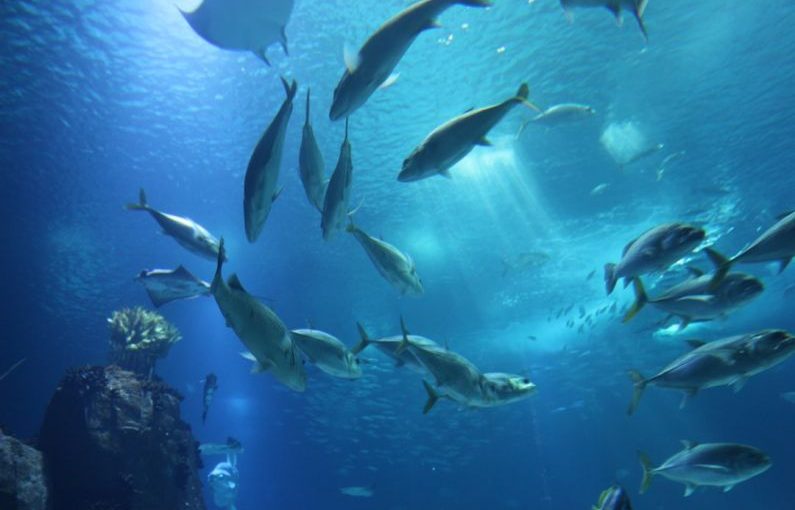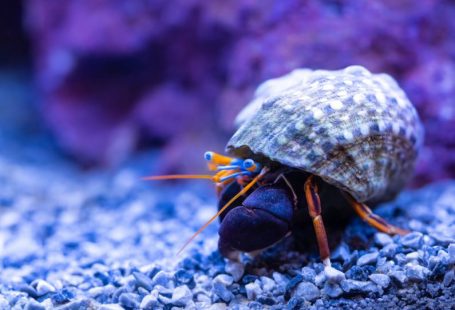When it comes to setting up an aquarium, one of the most crucial aspects that often gets overlooked is lighting. Proper lighting is not just about illuminating the tank; it plays a vital role in the health and well-being of your aquatic pets and the overall aesthetic appeal of the aquarium. Understanding the importance of aquarium lighting and knowing what factors to consider when choosing the right lighting setup can make a significant difference in the success of your aquarium hobby.
Types of Aquarium Lighting
There are several types of aquarium lighting available in the market, each serving different purposes and catering to the specific needs of different aquatic environments. Here are some common types of aquarium lighting and their characteristics:
Fluorescent Lighting: Fluorescent lights are popular among aquarists due to their energy efficiency and affordability. They come in various spectrums, making them suitable for different types of aquariums. However, they may not be powerful enough for tanks with light-demanding plants or corals.
LED Lighting: LED lights have gained popularity in recent years due to their energy efficiency, longevity, and customizable features. LED lights come in a wide range of colors and intensities, making them suitable for both freshwater and saltwater aquariums. They are ideal for tanks with live plants or corals that require specific light spectrums.
Metal Halide Lighting: Metal halide lights are known for their high intensity and ability to penetrate deeper into the water, making them suitable for tanks with light-demanding corals or deep freshwater plants. However, they can be expensive to purchase and operate compared to other lighting options.
Factors to Consider When Choosing Aquarium Lighting
When selecting the right lighting for your aquarium, there are several factors to consider to ensure the health and well-being of your aquatic pets:
Light Intensity: Different aquatic plants and corals have varying light intensity requirements. It is essential to choose lighting that provides adequate intensity for the specific needs of your aquarium inhabitants. Consider the depth of your tank and the light requirements of your plants or corals when selecting the appropriate intensity.
Light Spectrum: The light spectrum plays a crucial role in the growth and development of aquatic plants and corals. Different light spectrums promote specific biological processes, such as photosynthesis and color enhancement. Choose lighting that offers a balanced spectrum to support the overall health of your aquarium ecosystem.
Photoperiod: The photoperiod refers to the duration of time that the lights are on in the aquarium. Establishing a consistent lighting schedule mimicking natural daylight cycles is essential for the health and behavior of your aquatic pets. Most aquariums require 8-10 hours of light per day, but this may vary depending on the specific needs of your plants or corals.
Budget: Consider your budget when choosing aquarium lighting. While high-end lighting options may offer advanced features and customization, they can be costly to purchase and operate. Evaluate your needs and prioritize essential features to find a lighting solution that fits your budget without compromising the health of your aquarium inhabitants.
Aquarium Lighting Maintenance
Proper maintenance of aquarium lighting is essential to ensure optimal performance and longevity. Regularly clean the light fixtures, remove any algae buildup, and replace the bulbs as needed to maintain the quality of light output. Additionally, monitor the temperature of the lights to prevent overheating and potential damage to the aquarium ecosystem.
Creating a visually appealing and healthy aquarium environment requires careful consideration of the lighting setup. By understanding the different types of aquarium lighting, factors to consider when choosing lighting, and the importance of proper maintenance, you can enhance the beauty and vitality of your aquatic habitat. Invest in quality lighting that meets the specific needs of your aquarium inhabitants to create a thriving underwater world that you can enjoy for years to come.





